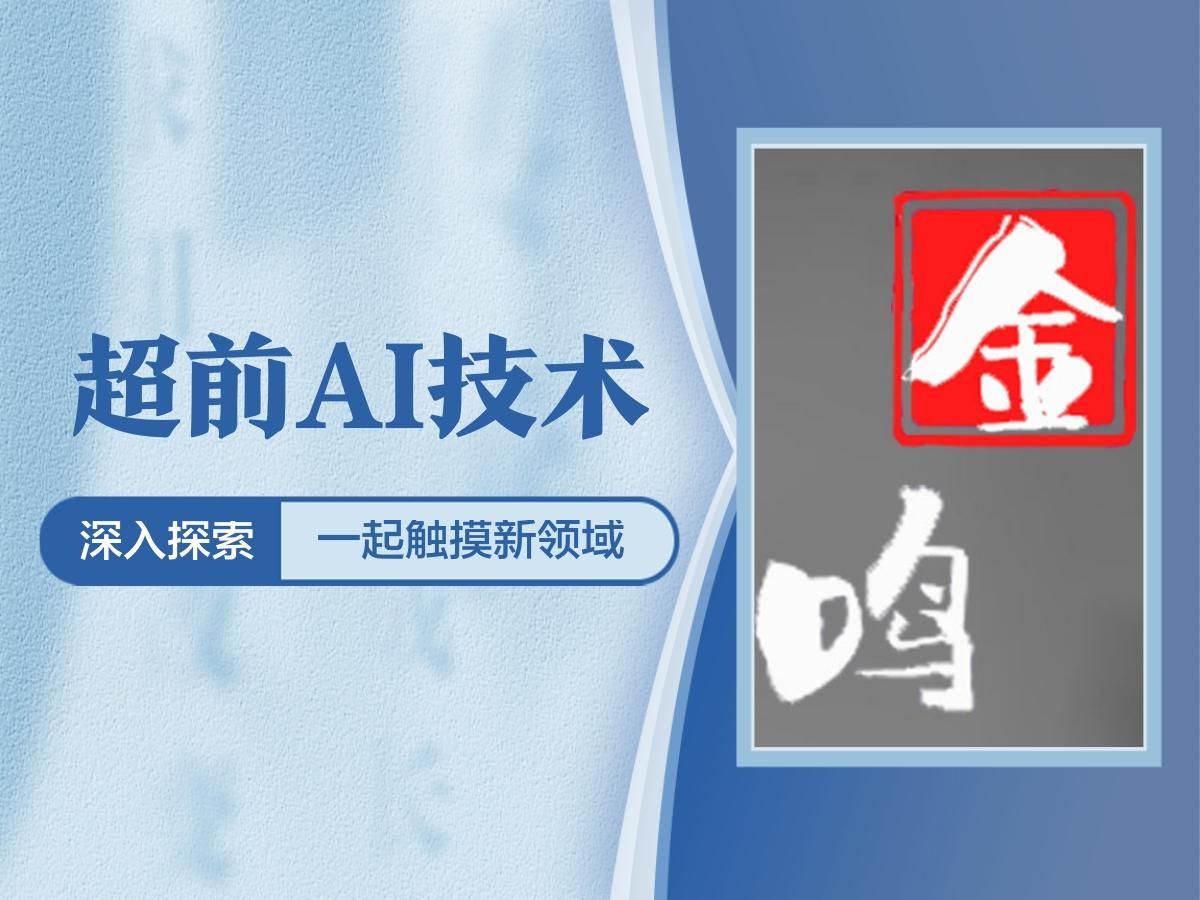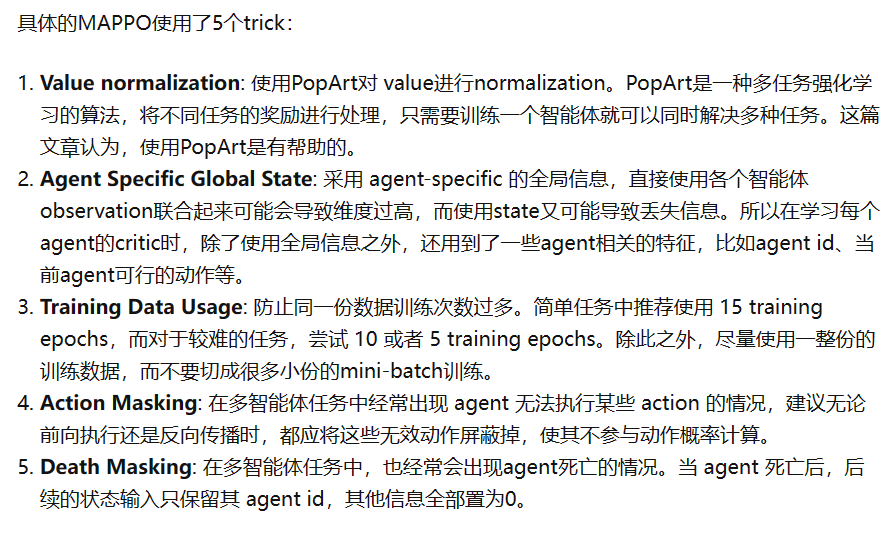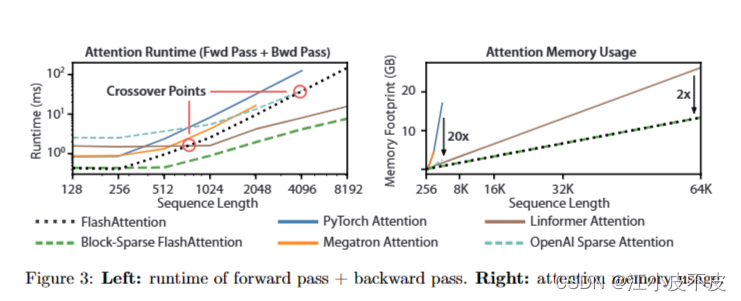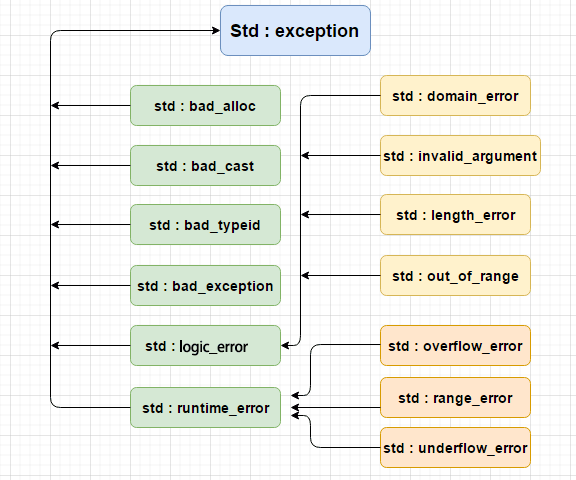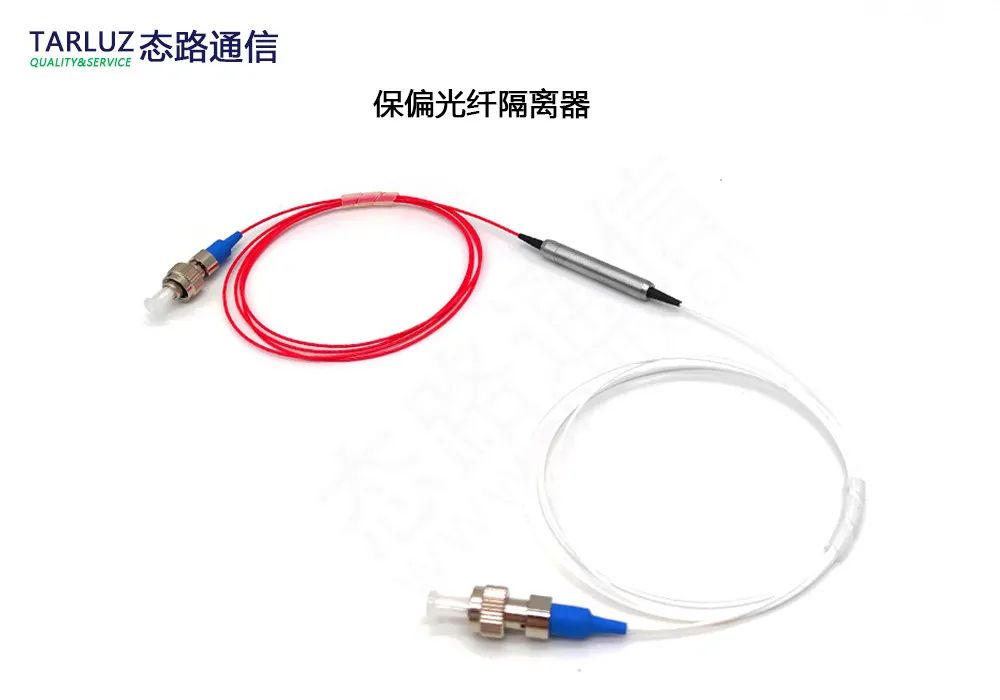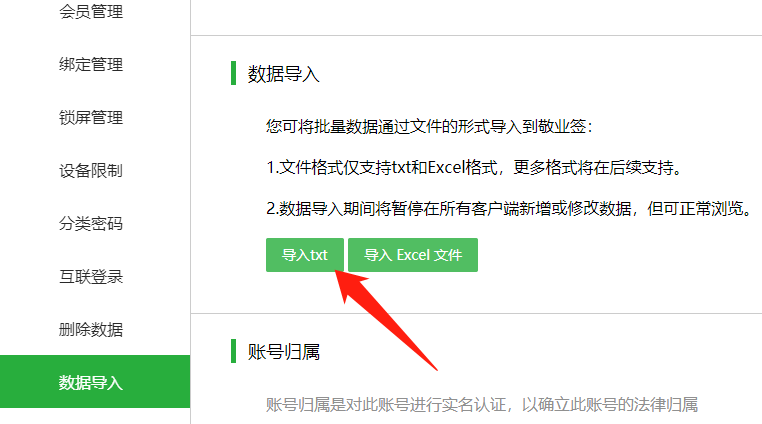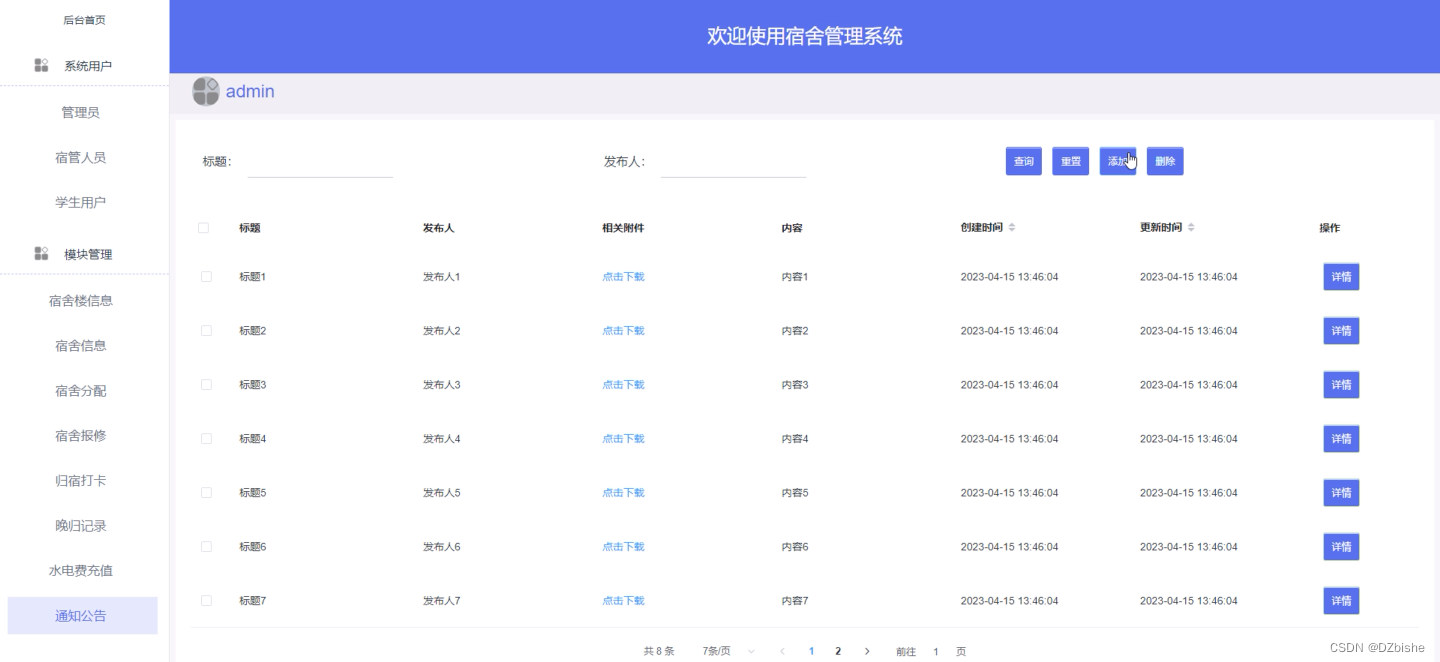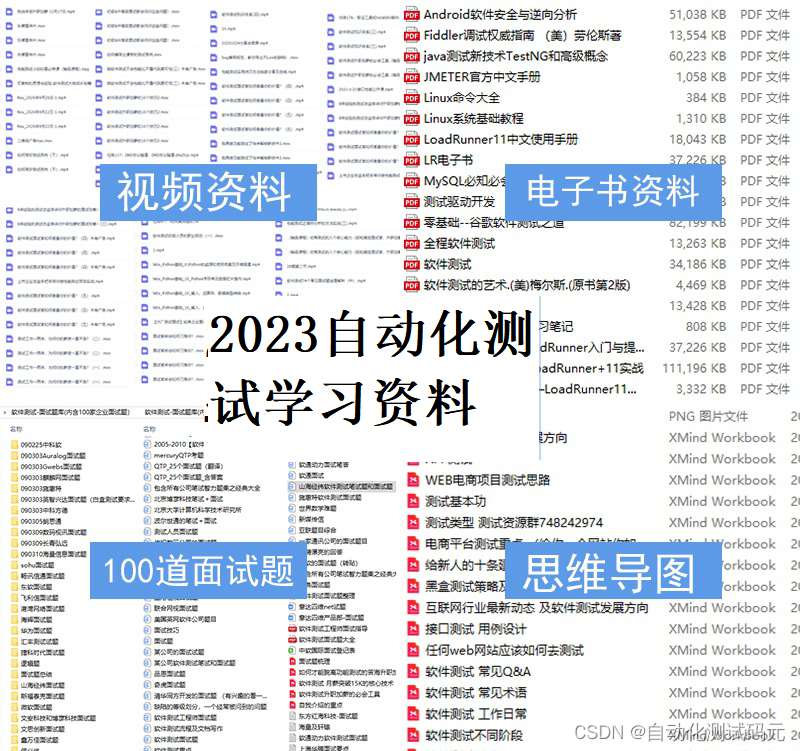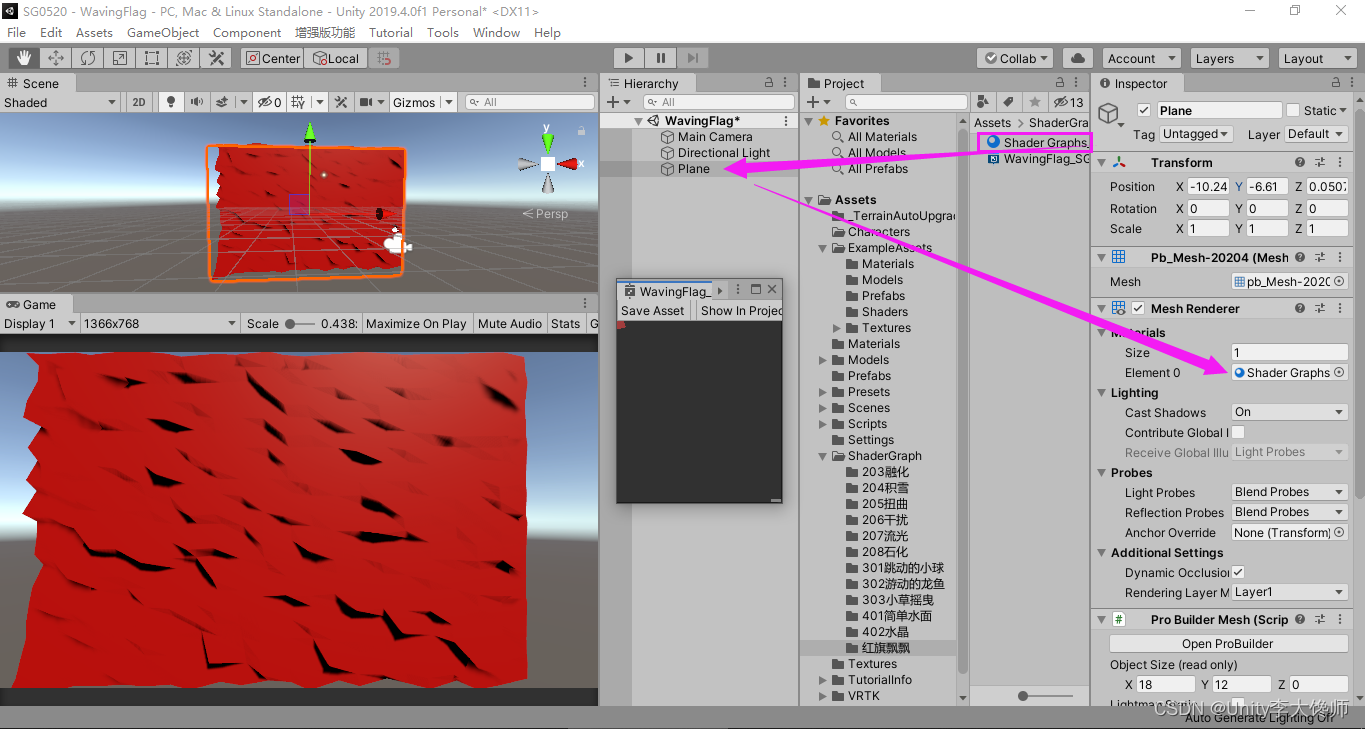package com.learning.atomic;
import java.util.ArrayList;
import java.util.Arrays;
import java.util.List;
import java.util.concurrent.atomic.AtomicIntegerArray;
import java.util.function.BiConsumer;
import java.util.function.Consumer;
import java.util.function.Function;
import java.util.function.Supplier;
/**
* @Description 原子数组
*/
public class AtomicArrayLearning {
public static void main(String[] args) {
demo(
// 普通数组
()->new int[10],
(array)->array.length,
(array, index)->array[index]++,
array-> System.out.println(Arrays.toString(array))
);
demo(
// 原子数组
()->new AtomicIntegerArray(10),
(atomicIntegerArray) -> atomicIntegerArray.length(),
(atomicIntegerArray, index) -> atomicIntegerArray.getAndIncrement(index),
atomicIntegerArray -> System.out.println(atomicIntegerArray)
);
}
public static <T> void demo(
Supplier<T> arraySupplier,
Function<T, Integer> lengthFunction,
BiConsumer<T, Integer> putConsumer,
Consumer<T> printConsumer
){
List<Thread> threadList = new ArrayList<>();
T array = arraySupplier.get();
int length = lengthFunction.apply(array);
for (int i = 0; i < length; i++) {
// 每个线程对数组操作10000次
threadList.add(new Thread(()->{
for(int j = 0;j < 10000; j++){
putConsumer.accept(array, j % length);
}
}));
}
threadList.forEach(t->t.start());
threadList.forEach(t-> {
try {
t.join();
} catch (InterruptedException e) {
e.printStackTrace();
}
});
printConsumer.accept(array);
}
}



